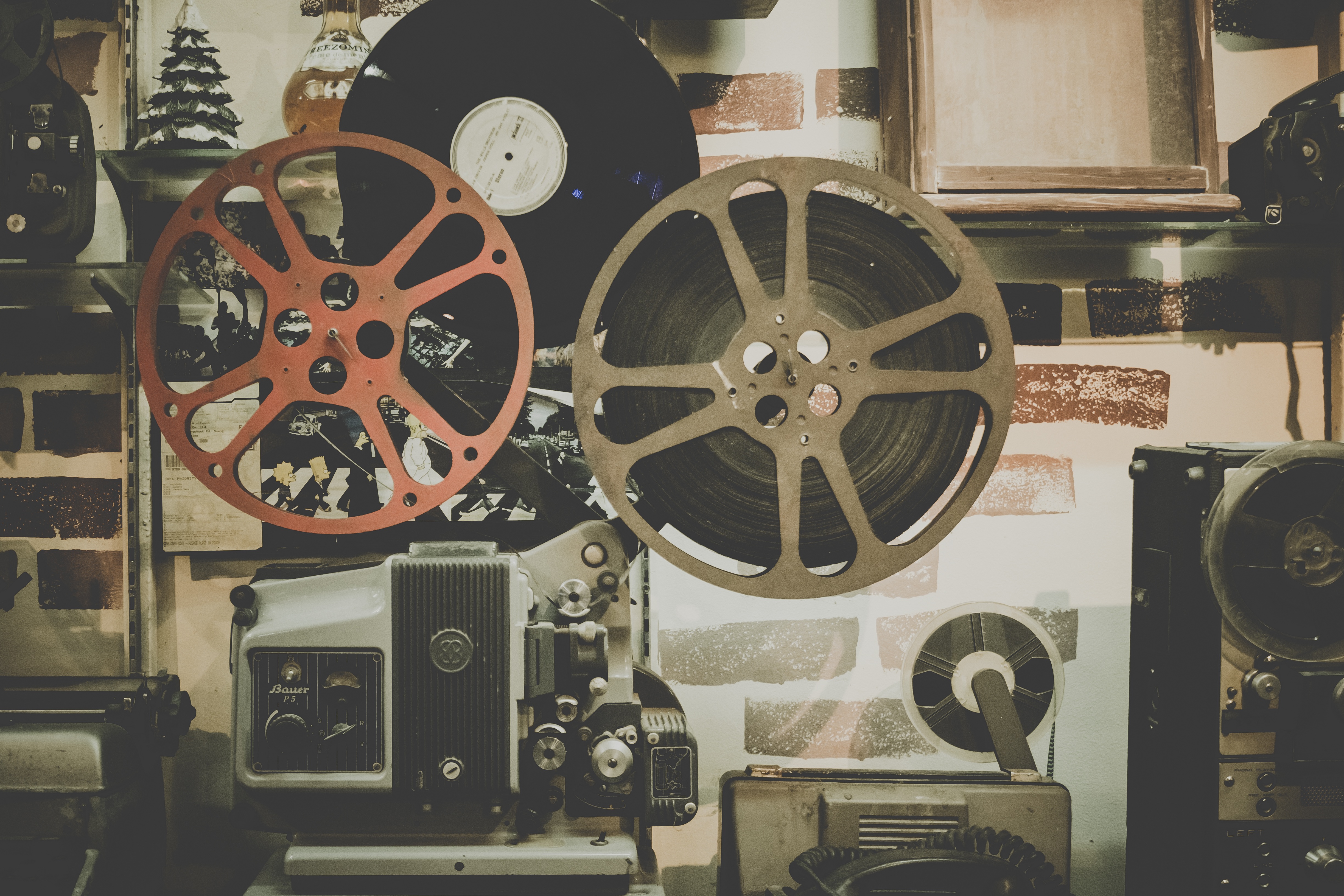In Week 1, we were sent a reading in Media1 in the form of a graphic novel by Scott McCloud, exploring human perception in the media that we consume daily. I was reminded of this reading last week in our Media1 workshop and went back to it after we were sent out in groups to film content for a short film haiku. The constraints of the content we shot were that there was to be no focus on individuals, and no camera movement.
I was reminded in this moment of a method of storytelling I had learned about originally from a YouTube personality called Nerdwriter1; it is called Action to Action, and another is called Aspect to Aspect. In Scott McCloud’s Blood in the Gutter, Action to Action is shown as a storytelling method that allows a reader or audience to fill in the gaps, or gutter, between panels and frames. Nerdwriter1 analyses this deeper as a storytelling method for a society or culture that is very goal oriented; for example, in American comic books, Action to Action may be used to tell the narrative of a superhero intending to save the world, knocking down one bad guy at a time.
Conversely, Aspect to Aspect, as explored by McCloud, renders the concept of time unimportant, or even non-existent. Each frame shows aspects that allow the mind and the eye to wander, evoking an idea, emotion or setting. Nerdwriter1 has taken this a step further, and suggests that, particularly in an eastern culture or society, such as Japan, there is less emphasis on getting to a particular place or attaining a particular goal than the notion of allowing the mind to wander within a moment in time. Nerdwriter1 suggests that Aspect to Aspect can be utilised to evoke in an audience or reader a sense of simply existing in a moment. The YouTuber supports his theory through his video essay on the Japanese sci-fi thriller Ghost in the Shell, alluding to a series of shots in the intermission of the film that takes on this sense of being present in a moment, absent from time and time’s constraints.
Back to my original point about the haiku short films we were collecting content for. While I am not sure if Brian Morris was intending for us to rediscover the theory of Aspect-to-Aspect, I found it interesting that we had the goals of creating a filmic haiku (a Japanese form of poetry) and were using a method of filmmaking that is closely linked to a storytelling method used predominantly in Japanese film, narrative, literature and graphic novels. Emphasis on the landscape, setting and context was made clear to us, which is highly similar to the way that Ghost in the Shell conveys a mood and place through similar emphasis to its production design and landscapes.
LINK: Nerdwriter1’s video essay alludes to McCloud’d readings on Action vs Aspect in the first 3 mins



